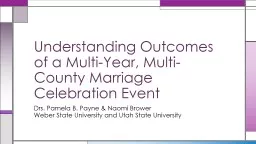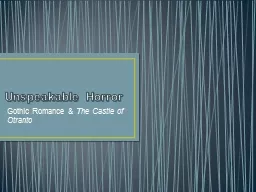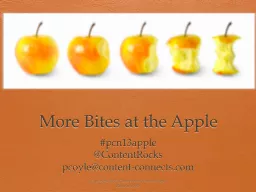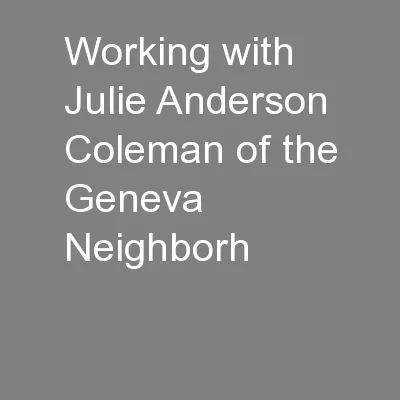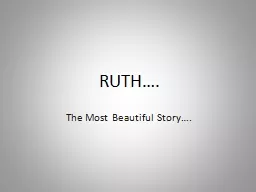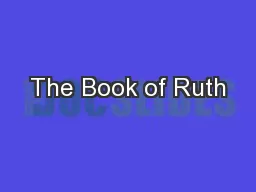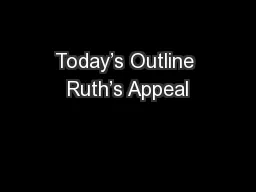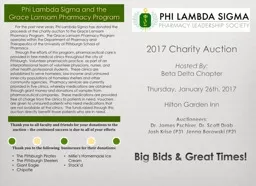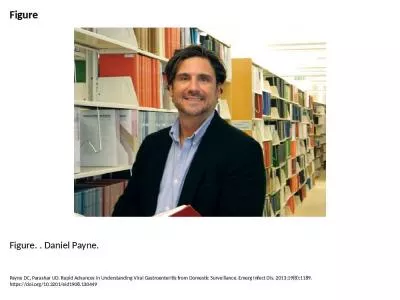PPT-Drs. Pamela B. Payne & Naomi Brower
Author : reportperfect | Published Date : 2020-06-22
Weber State University and Utah State University Understanding Outcomes of a MultiYear MultiCounty Marriage Celebration Event Since the 1950s the desire for relationship
Presentation Embed Code
Download Presentation
Download Presentation The PPT/PDF document "Drs. Pamela B. Payne & Naomi Brower" is the property of its rightful owner. Permission is granted to download and print the materials on this website for personal, non-commercial use only, and to display it on your personal computer provided you do not modify the materials and that you retain all copyright notices contained in the materials. By downloading content from our website, you accept the terms of this agreement.
Drs. Pamela B. Payne & Naomi Brower: Transcript
Download Rules Of Document
"Drs. Pamela B. Payne & Naomi Brower"The content belongs to its owner. You may download and print it for personal use, without modification, and keep all copyright notices. By downloading, you agree to these terms.
Related Documents

